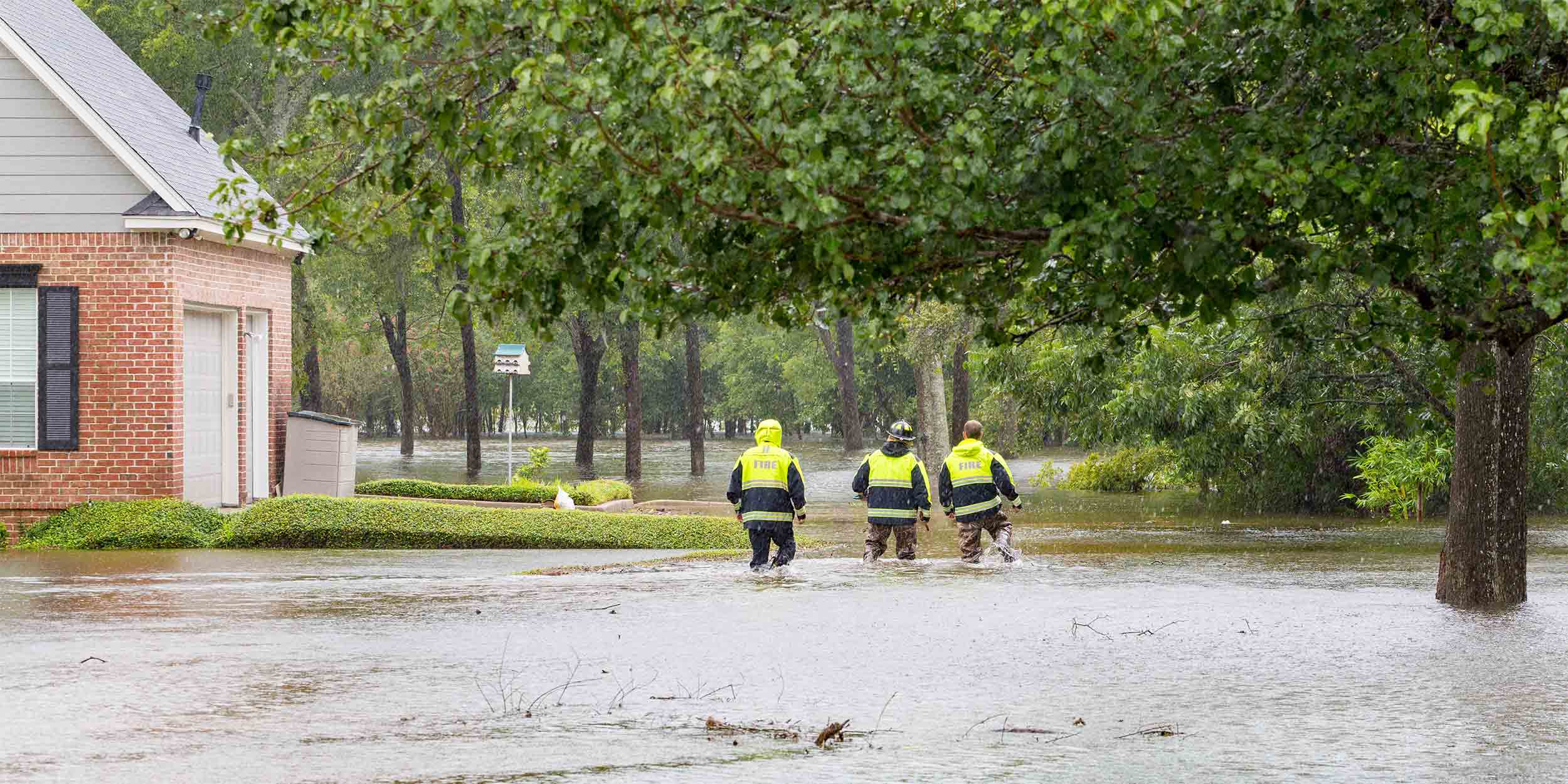Not known Details About Water Damage Services
Wiki Article
Unknown Facts About Mold Removal
Table of ContentsRumored Buzz on Mold RemovalThe 3-Minute Rule for Water Damage RepairThe Mold Remediation Diaries9 Easy Facts About Mold Remediation Explained
The different classifications of water refer to the source of the water damage and also other prospective impurities, including what the water may can be found in contact with. Water cleanliness plays a major duty in the danger that the water presents to anyone or anything that can be found in contact with it. The says the categories of water "refer to the array of contamination in water, thinking about both its coming from source and its high quality after it contacts materials present on duty website".Those terms can be useful when trying to keep in mind the sanitation level of each classification. The IICRC Criterion for Expert Water Damages Reconstruction (IICRC S500) is a step-by-step requirement that defines the Classification 1 water damages: Sanitary "Clean Water" Group 2 water damages: Significantly Contaminated "Grey Water" Group 3 water damages: Grossly Polluted "Black Water" Recognizing the interpretations of classifications and types of water damage circumstances can help you understand what you'll be taking care of if you're taking care of a comparable case.
That is why this water is taken into consideration "tidy". It is additionally why a repair professional like Jenkins Restorations can in theory restore and dry out any kind of damaged building material. Wet drywall, rug, pad, wood flooring, as well as a lot more can and also are usually dried out as well as restored on Group 1 water damages occurrences. The IICRC S500 specifies Category 2 water damages cases as water that "contains substantial contamination and also has the possible to trigger pain or sickness if spoken to or consumed by humans." Instances can include: Dishwasher/washing equipment discharge or overflow Bathroom bowl overflow with pee Hydrostatic stress infiltration (typically takes place in basements or pieces) Busted aquariums Punctured water beds Classification 2 water loss have substantially infected water.
Jenkins Restorations uses an anti-microbial spray and HEPA vacuuming to disinfect afflicted products after group 2 water damage incidents. The IICRC S500 specifies Classification 3 water damage as water that is "grossly polluted as well as can contain pathogenic, toxigenic, or other harmful agents as well as can trigger substantial unfavorable reactions to people if gotten in touch with or eaten." Examples of Classification 3 water damage can include: Category 3 water loss contain grossly infected water. https://www.corpsubmit.com/author/r3st0r4t10n/.
Facts About Black Mold Removal Uncovered
Jenkins Restorations utilizes an anti-microbial spray as well as HEPA vacuuming to sanitize damaged items after group 3 water damage events. Certain products such as plaster, brick, or concrete, call for unique drying out approaches even if the water damages is at a Group 1 or 2. This mainly happens when there's a large quantity of water to these materials.Instances of this would be damage brought on by rain, snow, or frozen pipes (https://www.directorytogoto.com/articles/water-damage). However, some sorts of water damage might be omitted from insurance coverage, such as water damages arising from seepage or malfunctioning pipes. It is necessary to be aware that Group 1 water loss can weaken right into Classification 2 or 3 water.
Typically you'll notice this by smells in the damp product. Let our group of experts evaluate and also fix your water damage so that you and also the owners of your building or residence stay safe (https://justpaste.it/3sxrb).
, etc - restoration-pros-kissimmee.
Some Known Facts About Water Damage Restoration.
Fast it occurs, water damages is a significant contributor to loss of residential or commercial property. An insurance coverage plan read this might or may not cover the expenses related to water damage and the procedure of water damages restoration. While a common source of residential water damage is often the failure of a sump pump, several property owner's insurance coverage plans do not cover the associated costs without an addendum which contributes to the month-to-month premium of the policy.
, those people that are impacted by wide-scale flooding may have the capacity to apply for government and also FEMA grants via the Specific Assistance program.
The program enables the city to buy the water harmed homes, knock down the structures, as well as transform the former land right into public eco-friendly area. Water damage can originate by different sources such as a damaged dishwasher hose pipe, a cleaning machine overflow, a dish washer leakage, broken/leaking pipelines, flood waters, groundwater infiltration, building envelope failings (dripping roofing system, windows, doors, siding, etc) as well as obstructed commodes.
7% of all water used in the house today can be credited to plumbing leaks. Generally that is about 10,000 gallons of water annually lost by leakages for each and every United States house. A small, 1/8-inch crack in a pipe can release up to 250 gallons of water a day.
How Water Damage Repair can Save You Time, Stress, and Money.

As for insurance policy coverage is concerned, damage created by surface water intrusion to the dwelling is taken into consideration flooding damages as well as is generally excluded from coverage under standard home owners' insurance coverage. Surface water is water that gets in the house from the surface of the ground as a result of inundation or inadequate drainage and creates loss to the dwelling.

Report this wiki page